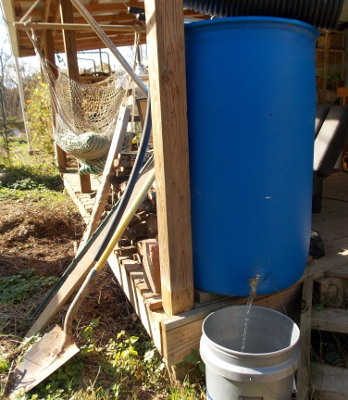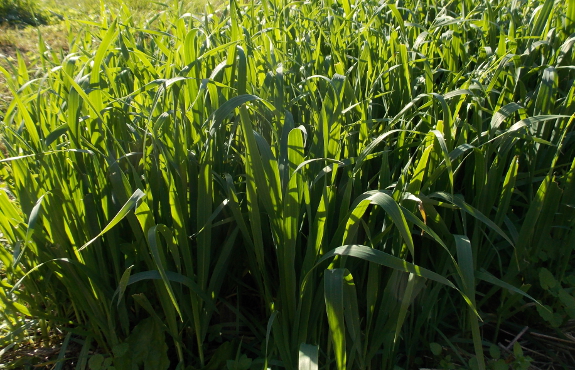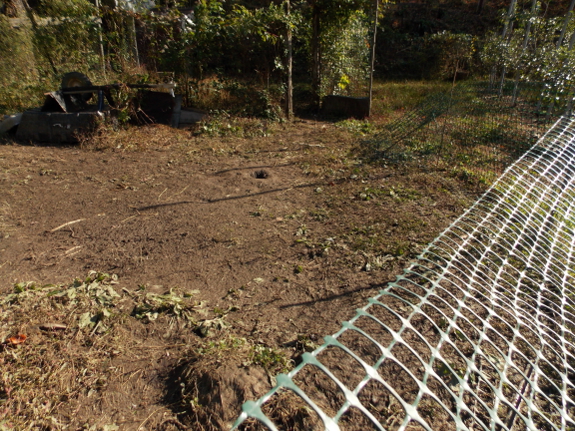
Homestead winterization list
 Your
first frost has come, or it's due any day, and you're probably ready
for winter's slowdown. But taking a few hours now to get your homestead
in order will save a few days in the spring. Here are the items at the
top of our winterizing list this fall:
Your
first frost has come, or it's due any day, and you're probably ready
for winter's slowdown. But taking a few hours now to get your homestead
in order will save a few days in the spring. Here are the items at the
top of our winterizing list this fall:
- Drain and put away hoses.
- Drain rain barrels and return gutter water to the ground.
- Run your mower and any other summer-only motorized equipment dry. This will make engines start much better come spring!
- Pull up and put away tomato stakes and other garden supports. Discard those old, blighted tomato plants somewhere far away from the garden.
- Wait until the leaves drop, then wrap fig trees and other plants you're trying to grow beyond their usual hardiness range.

- Plant any bare ground with cover crops if you've got time. (I'll plant rye for another week or so, but only in areas that I won't want to plant into until late May 2015.) If it's too late in the year for cover crops, mulch heavily, preferably with deep bedding from the chicken coop so the manure will have time to mellow before spring.
- Kill mulch new garden areas for next year.

- Cull excess animals and move chickens off pasture. We let ours run in the woods during the down season, but others move their poultry into greenhouses. Tractored chickens can be kept on pasture over the winter, but you'll tear up the ground a bit. Four-legged livestock can be put on stockpiled pasture, or can be moved inside onto deep bedding. The photo above shows what will happen if you skip this step...and that's after the ducks were only on an overused pasture for one extra week!
- Reward yourself for all this extra effort by ordering any new
perennials you have planned for fall planting. Ah, dreams of apples and
hazels....
I'm sure I'm
forgetting some essential winterizing elements, but that should get you
started. What else is top of the list at this time of year on your
homestead?
Want more in-depth information? Browse through our books.
Or explore more posts by date or by subject.
About us: Anna Hess and Mark Hamilton spent over a decade living self-sufficiently in the mountains of Virginia before moving north to start over from scratch in the foothills of Ohio. They've experimented with permaculture, no-till gardening, trailersteading, home-based microbusinesses and much more, writing about their adventures in both blogs and books.
Want to be notified when new comments are posted on this page? Click on the RSS button after you add a comment to subscribe to the comment feed, or simply check the box beside "email replies to me" while writing your comment.

clean gutters turn and empty all compost bins into garden beds (this is likely implicit in your prepping of garden beds) I need empty bins going into hard winter for enough space over the whole winter so this might be specific to urban living.
buy and store bulk grain from local organic mill (barley, wheat, corn, etc.) fall is the best time to get it fresh - this only applies to those who eat grains or beans (our local mill stocks a range of organic beans also)
flush and test furnace (city house issue)
pull out window inserts and wash (aka twin wall polycarbonate sheets cut to window size)
plant bulbs
swap summer bikes for winter bikes (outside storage space is at a premium) again this is an urban thing
steal neighbor's leaves for mulching (they never seem to mind)